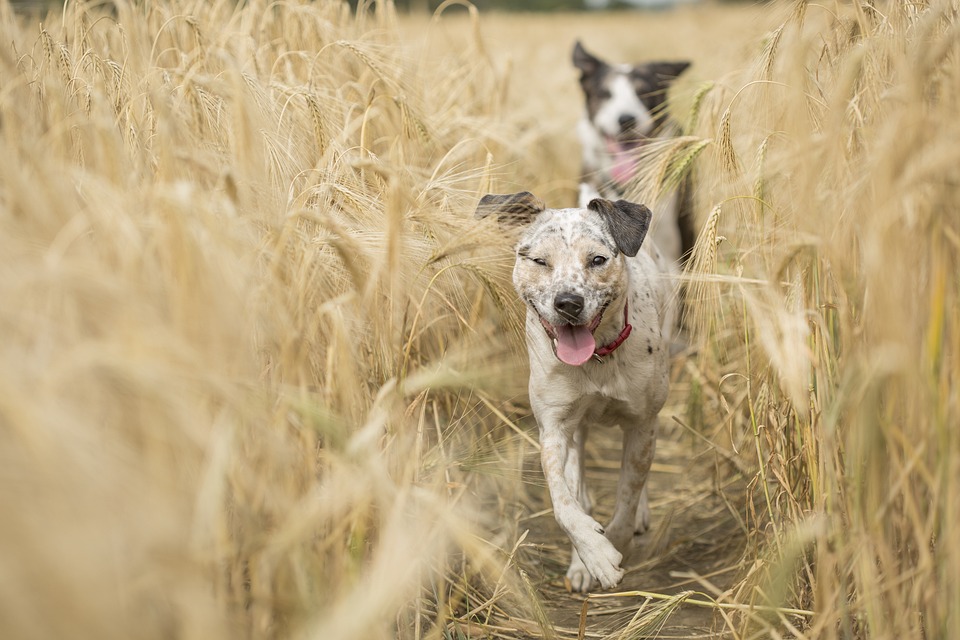Are you tired of dealing with your dog’s anxious and unruly behavior during city transportation? Fret not! With the right training sessions, you can teach your furry friend to remain calm and composed even amidst the hustle and bustle of urban travel. In this article, we will guide you through effective techniques and strategies to ensure a stress-free journey for both you and your canine companion. So, let’s dive in!
I. Understanding the Challenges of City Transportation for Dogs
City transportation can be overwhelming for dogs due to several factors such as noise, crowded spaces, unfamiliar smells, and unexpected movements. These elements can trigger anxiety, fear, and even aggression in some cases. It’s essential to comprehend these challenges before embarking on the training journey.
II. Building a Strong Foundation: Basic Obedience Training
Before tackling city transportation, it’s crucial to establish a strong foundation of basic obedience training. This will provide your dog with a sense of security and enhance their ability to focus and follow commands. Teach them fundamental commands such as sit, stay, come, and heel. Practice these commands in various environments, gradually increasing distractions to simulate the city’s chaotic atmosphere.
III. Gradual Exposure to City Transportation
Introduce your dog to city transportation gradually to prevent overwhelming them. Start by taking short trips to less crowded areas and gradually progress to busier locations. Use positive reinforcement techniques, such as treats and praise, to reward calm behavior. Remember to be patient and allow your dog to adjust at their own pace.
IV. Desensitization and Counterconditioning Techniques
Desensitization and counterconditioning are effective methods to help your dog develop a positive association with city transportation. Start by exposing your dog to low-stress situations, such as watching buses or trains from a distance. Gradually decrease the distance and increase exposure time while rewarding your dog for remaining calm. This process will help them associate transportation with positive experiences.
V. Calming Exercises and Tools
Certain calming exercises and tools can aid in reducing your dog’s anxiety during city transportation. Consider incorporating these techniques into your training sessions:
1. Deep Breathing Exercises: Teach your dog to take deep breaths on command. Deep breathing helps relax their body and mind, promoting a calmer state.
2. Chewing Toys or Treats: Provide your dog with a special chew toy or treat that they only receive during transportation. This will divert their attention and help alleviate stress.
3. Adaptil Collars or Sprays: Adaptil collars or sprays contain pheromones that mimic a mother dog’s calming scent, helping to reduce anxiety and promote relaxation.
VI. Frequently Asked Questions (FAQs)
Q1. How long does it take to train a dog for calm behavior during city transportation?
A1. The training duration varies depending on the dog’s temperament, previous experiences, and your consistency in training. Some dogs may show improvement within a few weeks, while others may require several months of consistent training.
Q2. Can I use sedatives to calm my dog during city transportation?
A2. It’s generally not recommended to rely solely on sedatives, as they only mask the problem without addressing the underlying anxiety. Consult with a veterinarian before considering any sedatives, and focus on training techniques for long-term results.
Q3. My dog becomes aggressive towards other dogs during transportation. How can I address this behavior?
A3. Aggression towards other dogs during transportation is often a result of fear or anxiety. Work with a professional dog trainer or behaviorist to address this issue. They can help you implement techniques such as desensitization and counterconditioning to change your dog’s response to other dogs.
Q4. Are there any breeds that are more prone to anxiety during city transportation?
A4. While individual temperament plays a significant role, certain breeds are known to be more prone to anxiety. These include but are not limited to Border Collies, Chihuahuas, Greyhounds, and Toy Poodles. However, with proper training and socialization, dogs of any breed can learn to remain calm during city transportation.
Remember, consistency, patience, and positive reinforcement are key to successfully training your dog for calm behavior during city transportation. By investing time and effort in their training, you can ensure a stress-free and enjoyable experience for both you and your four-legged friend. Happy travels!









